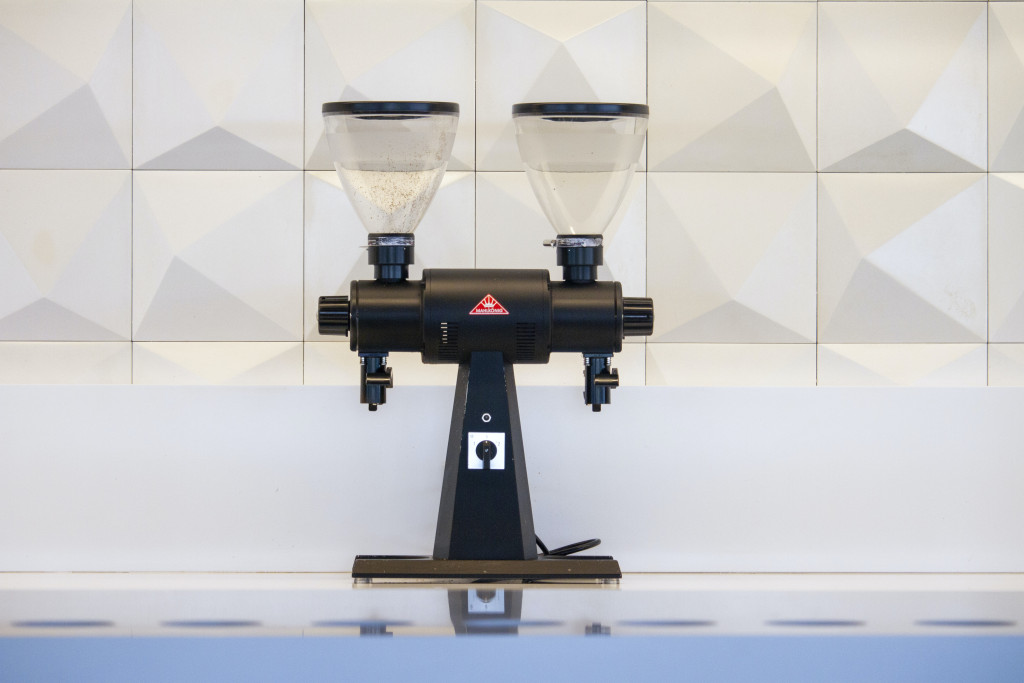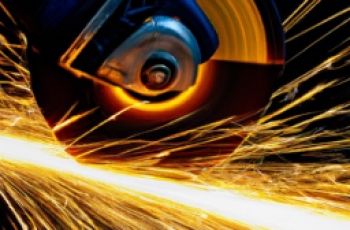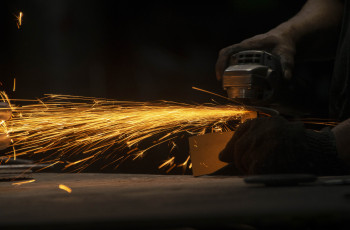In the world of die grinders, selecting the right bit type can make all the difference in achieving optimal results. Whether it’s for grinding, cutting, shaping, or polishing, the choice of die grinder bit is crucial. This article explores the different types of die grinder bits available and provides valuable tips for selecting the right one for your specific needs. From carbide burrs to diamond grinding bits, we’ll help you navigate the vast array of options to ensure your die grinder becomes your trusty companion in any project.

1. Die Grinder Bit Types
Die grinders are versatile power tools that are widely used in various industries and applications. One of the key components of a die grinder is the bit, which determines the type of material it can cut or grind. There are several types of die grinder bits available in the market, each with its own specific features and benefits.
1.1 Carbide Burrs
Carbide burrs are among the most popular die grinder bits due to their durability and versatility. They are made of tungsten carbide, a strong and robust material that can withstand high temperatures and heavy cutting or grinding. Carbide burrs are ideal for shaping, deburring, and smoothing various materials, including metals, plastics, and wood. They can be used for precision work, such as creating intricate designs or removing sharp edges.
1.2 Diamond Bits
Diamond bits are highly efficient and are specifically designed for grinding or cutting hard materials. As diamonds are the hardest known substance, these bits can easily handle tasks that require precision and durability. Diamond bits are commonly used for working with materials like stone, concrete, ceramics, and glass. Whether you need to shape tiles or engrave a glass surface, diamond bits provide excellent performance and long-lasting durability.
1.3 Mounted Stones
Mounted stones, also known as grinding stones, are abrasive bits that are mounted on a metal shaft. These bits are specifically designed for grinding, smoothing, and polishing various surfaces. They are commonly used for tasks such as removing rust, paint, or welds from metal surfaces. Mounted stones are available in different grits, allowing you to choose the level of abrasiveness based on your specific needs. These bits are versatile and can be utilized on a wide range of materials, including metal, plastic, and stone.
1.4 Wire Brushes
Wire brushes are commonly used in die grinders for tasks that require brushing, cleaning, or deburring. These bits are made of steel wire bristles that are attached to a metal shaft. Wire brushes come in various shapes and sizes to suit different applications. They are highly efficient in removing rust, paint, and corrosion from metal surfaces. Additionally, wire brushes can be used for cleaning welds or preparing surfaces for painting or coating.
1.5 Abrasive Wheels
Abrasive wheels, also known as cutting discs or grinding wheels, are another popular type of die grinder bit. These wheels are made of abrasive materials, such as aluminum oxide or silicon carbide, bonded together to create a strong and durable cutting edge. Abrasive wheels are designed for heavy-duty cutting, grinding, and shaping tasks. They are commonly used for cutting through metal, stone, and concrete, making them an essential tool in construction, fabrication, and metalworking industries.
2. Factors to Consider in the Selection of Die Grinder Bits
Selecting the right die grinder bit for your specific application is crucial to achieve optimal results. There are several factors that you should consider before making a decision.
2.1 Material to be Cut/Grinded
The type of material you will be working with plays a significant role in determining the appropriate die grinder bit. Different materials require different types of bits to achieve the desired result. For example, carbide burrs are suitable for metals, wood, and plastics, while diamond bits are ideal for hard materials like stone and glass. Understanding the nature of the material is essential in selecting the right bit for efficient cutting or grinding.
2.2 Size and Shape of the Workpiece
Consider the size and shape of the workpiece when selecting a die grinder bit. For smaller or intricate pieces, a precision bit, such as a carbide burr or diamond bit, would be the best choice. On the other hand, for larger or flat surfaces, abrasive wheels or mounted stones may be more suitable. It is important to choose a bit that can effectively access all areas of the workpiece without causing damage or compromising the finish quality.
2.3 Speed and Power of the Die Grinder
The speed and power of the die grinder are crucial factors to consider when selecting a bit. Different bits require different levels of speed and power to ensure optimal performance. For example, carbide burrs and diamond bits require higher speeds and more power to effectively cut or grind materials. On the other hand, wire brushes or mounted stones may not require as much speed or power. It is important to ensure that your die grinder can provide the necessary speed and power for the selected bit.
2.4 Desired Finish
Consider the desired finish of the workpiece when choosing a die grinder bit. Depending on the application, you may require a smooth, polished finish or a rough, textured finish. Carbide burrs and diamond bits can provide a precise and smooth finish, while abrasive wheels and wire brushes may give a more textured or rougher finish. Understanding the desired outcome will help you select the appropriate bit that can achieve the desired finish.
2.5 Cost and Longevity
Cost and longevity are important factors to consider when choosing a die grinder bit. While some bits may be more expensive initially, they may offer longer lifespan and better performance, making them more cost-effective in the long run. It is important to evaluate the quality and durability of the bit to ensure that it will withstand the demands of your specific application. Investing in a high-quality bit can result in better efficiency, reduced downtime, and overall cost savings.
2.6 Safety Considerations
Safety should be a top priority when selecting a die grinder bit. Different bits have different safety considerations depending on the nature of the material being worked with. For example, when working with metal, sparks and debris can be hazardous. In such cases, it is important to choose bits that have proper safety features, such as eye protection and spark guards. Additionally, always follow the manufacturer’s guidelines and wear appropriate personal protective equipment (PPE) to ensure a safe working environment.
In conclusion, selecting the right die grinder bit is essential for achieving optimal results in cutting or grinding applications. Consider the type of material, size and shape of the workpiece, speed and power of the die grinder, desired finish, cost and longevity, as well as safety considerations. By carefully evaluating these factors, you can choose the most suitable bit that will ensure efficiency, durability, and safety in your die grinder operations.




